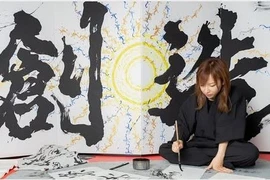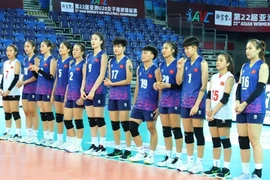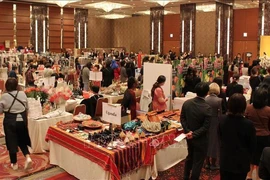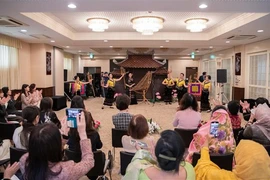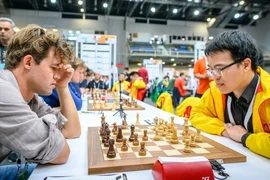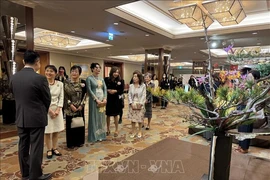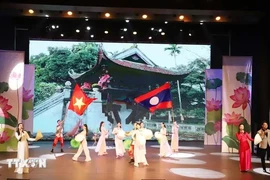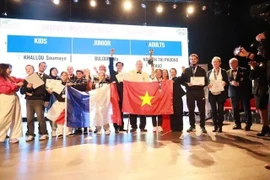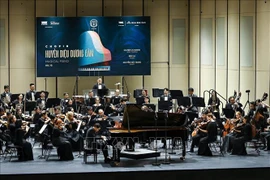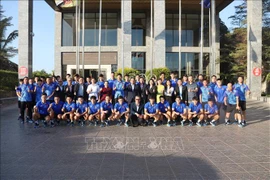From the 4th century to the 13th century, the ancient Cham people adopted a unique culture influenced by Hinduism. Since then, many temples have been built in central Vietnam to worship Hindu gods and as places of sacrifice for the Champa dynasty.
Experiencing historical ups and downs, those temples are just ruins today. But they are still considered important structures, the proofs of a brilliant dynasty.
Initially, My Son Sanctuary was a complex of more than 70 magnificent architectural structures bearing the imprint of the My Son civilization. Because of the profound influence of Hinduism, the dominant architectural style of this holy place also has Indian influences.
The temples and towers at My Son were built of bricks with stone columns and decorated with sandstone reliefs, representing scenes from Hindu mythology.
Up to now, there isn't any study on how ancient workers made their bricks and also the type of mortar they used to build those structures, which lasted for hundreds of years.
Since its discovery, My Son Sanctuary has always been a mysterious land that scientists have not found all the answers to yet. For its unique architecture containing many high cultural and aesthetic values, My Son Sanctuary is a special model, demonstrating cultural exchange, with an indigenous society adapting to external cultural influences, especially Hindu art and architecture style from the Indian subcontinent.
The Cham kingdom is an important phenomenon in the political and cultural history of Southeast Asia. It can be said that this is a unique work of a faded civilization./.
